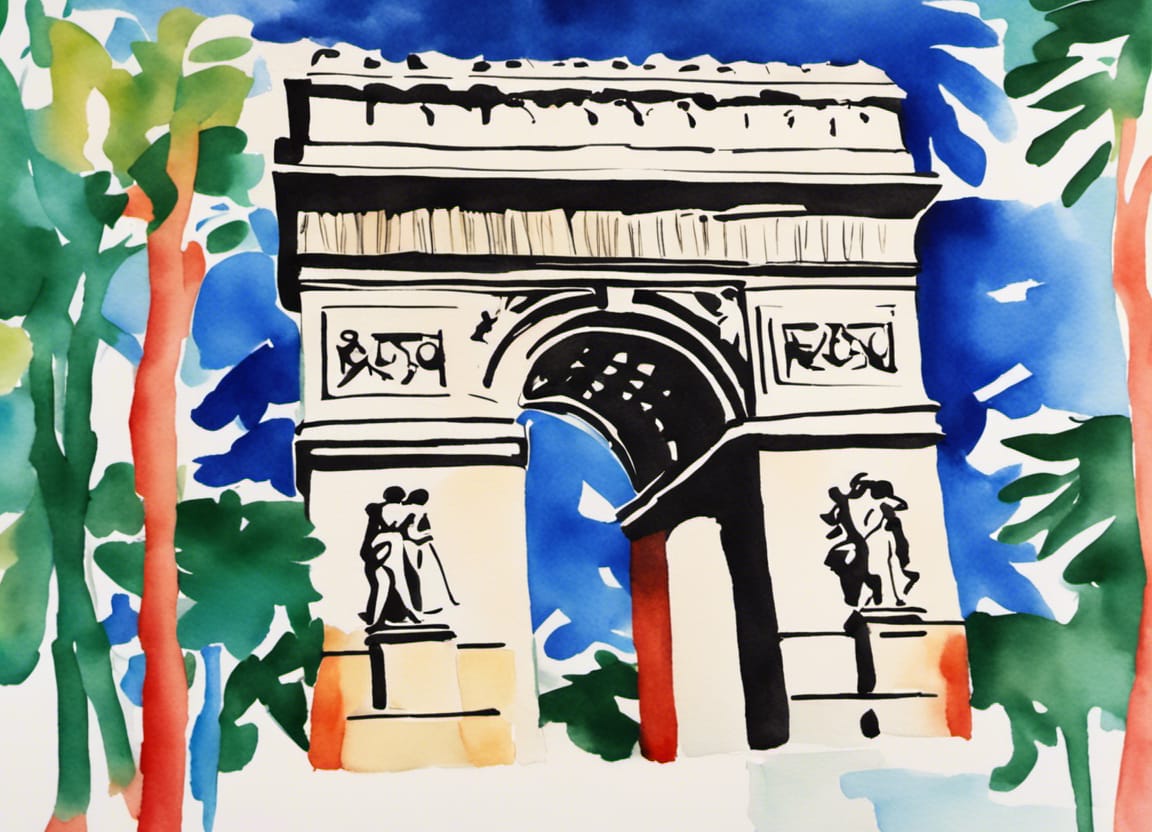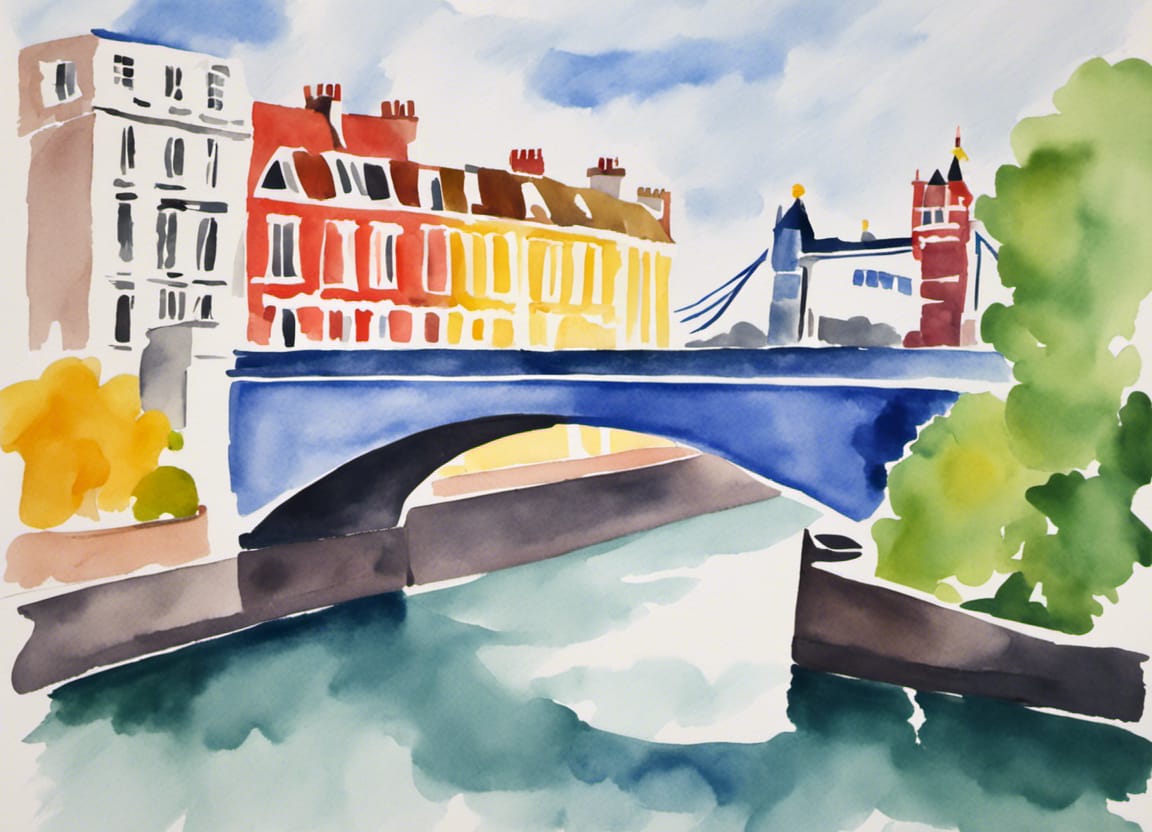The world of art, a realm historically characterized by human creativity and imagination, is undergoing a profound transformation as it intersects with the world of artificial intelligence (AI). This fusion of creativity and technology has given rise to a new paradigm of artistry, one where algorithms and neural networks collaborate alongside human artists to produce awe-inspiring creations that challenge conventional boundaries. In this article, we embark on a journey through the landscape of AI art, exploring its evolution, trends, tools, ethical implications, legal considerations, and its profound impact on society and education.
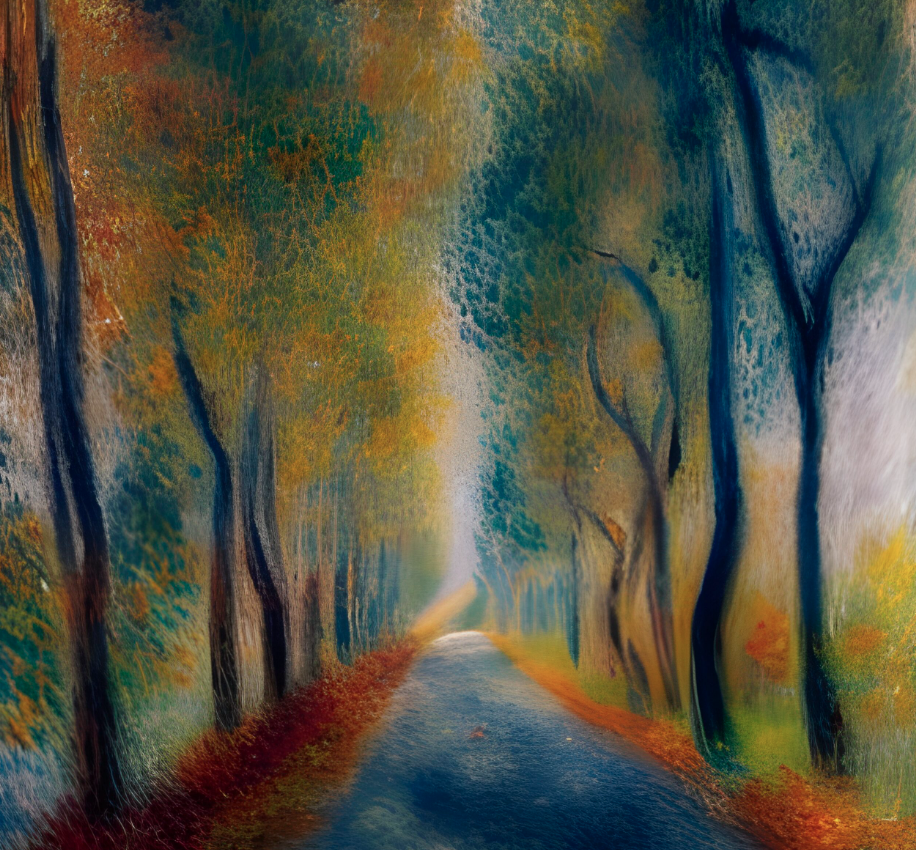
AI Art: A Fusion of Creativity and Technology
AI-generated art, once considered a novel experiment, has now emerged as a significant force in the art world. Artists, technologists, and researchers are harnessing the power of AI algorithms to create artworks that range from intricate paintings to surreal sculptures. These algorithms, often based on neural networks, are trained on vast datasets of existing artwork, learning the nuances of style, color, and composition. The result is a dynamic interplay between human creativity and machine learning, where AI algorithms contribute unexpected ideas and perspectives, enriching the artistic process.
Art and AI: A Symbiotic Relationship
The relationship between art and AI is not one of rivalry but of collaboration. Pioneering artists are embracing AI as a tool to amplify their creative vision. This partnership enables artists to explore uncharted territories, experiment with new mediums, and even breathe life into long-lost styles. Renowned painters and sculptors are working alongside AI systems to create hybrid masterpieces that captivate audiences with their innovation while honoring the traditional essence of art.
AI in Art: Unveiling the Process
The creative process behind AI-generated art is a captivating blend of mathematics, aesthetics, and imagination. At its core lies the concept of machine learning, where AI algorithms analyze patterns within a dataset to generate original content. Neural networks, inspired by the human brain, play a pivotal role in recognizing intricate details and generating novel combinations. The iterative refinement process ensures that the AI evolves from random outputs to refined art pieces that mirror human craftsmanship.
AI Art Trends: From Imitation to Innovation
The evolution of AI art is a testament to its adaptability and potential. Initially, AI systems imitated existing artistic styles with remarkable precision. However, the recent surge in AI art trends has taken a revolutionary turn. Style transfer algorithms allow artists to seamlessly blend different artistic genres, giving birth to hybrid artworks that challenge traditional categorizations. This transformative trend not only pushes artistic boundaries but also reflects the dynamic nature of creativity in the age of AI.
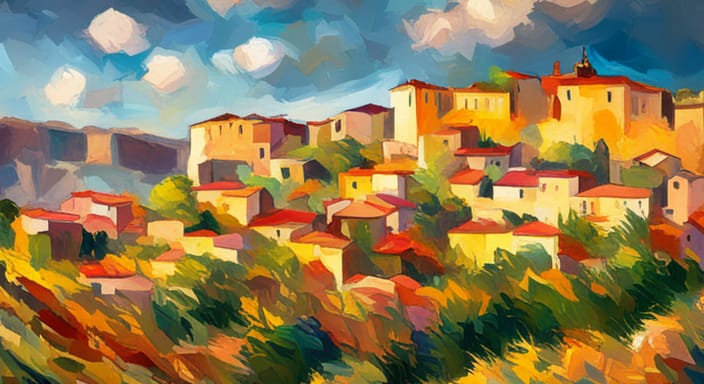
AI Art Tools: Empowering Artistic Vision
AI tools designed for artists have democratised the creative process, making it accessible to enthusiasts at all skill levels. Innovative platforms and software offer artists a diverse range of AI-powered brushes, filters, and style transfer capabilities. These tools amplify artistic expression by enabling artists to experiment with AI-generated elements and incorporate them into their work. The democratization of AI art tools redefines who can participate in the creation of art, ultimately fostering a more inclusive art community.
AI Art Future: Shaping the Creative Landscape
The future of AI art holds tantalizing possibilities. As AI algorithms become more sophisticated, they challenge the boundaries of traditional art mediums. Paintings that evolve with the viewer’s emotions, sculptures that respond to environmental stimuli—these are not mere fantasies but potential realities. The fusion of AI with art is not about replacing human creativity but about creating a symbiotic relationship where machines amplify and challenge human imagination, leading to a new era of artistic innovation.
AI Art Ethics: Navigating the Moral Landscape
While AI art offers groundbreaking opportunities, it also poses complex ethical questions. The issue of authorship and originality becomes blurred as AI systems co-create artworks. Who truly owns the creative output—the artist, the programmer, or the algorithm itself? Additionally, AI-generated content can mimic existing artists’ styles, raising concerns about cultural appropriation and misleading audiences. Navigating these ethical nuances is imperative to ensure that AI art upholds the values of integrity and authenticity.
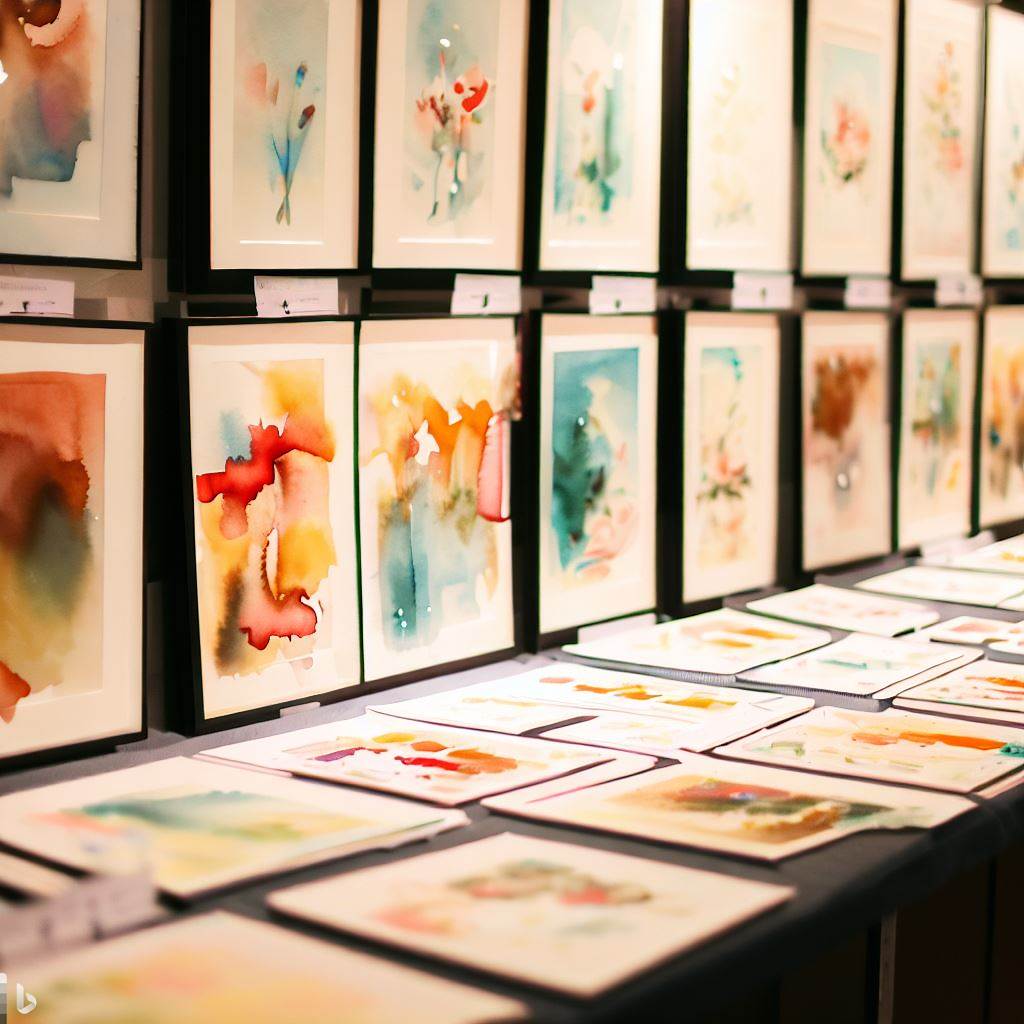
AI Art Legal Implications: Copyright and Ownership
The legal landscape surrounding AI art is as intricate as the art it produces. Copyright law, designed to protect original human creations, is challenged when it comes to AI-generated works. Landmark cases are emerging, prompting legal scholars to reconsider the traditional definitions of authorship and ownership. As AI continues to contribute to the art world, courts and legislatures face the challenge of adapting legal frameworks to accommodate this evolving form of creative expression.
AI Art Business: Disruption and Opportunities
AI-generated art is reshaping the art market, generating both disruption and opportunity. Galleries and collectors are encountering a new breed of artworks that blur the lines between human and machine creation. The influx of AI art has the potential to democratize the art industry, as it challenges the elitism often associated with traditional art. New avenues for business, investment, and artistic collaboration are unfolding, reshaping the way the art market operates.
AI Art Impact on Society: A Cultural Perspective
AI art is more than just a collection of images—it’s a reflection of societal values, biases, and cultural dialogues. As AI algorithms learn from existing datasets, they inherit the biases present in those datasets, potentially perpetuating stereotypes and exclusions. However, AI art also serves as a bridge between cultures, enabling cross-cultural conversations and collaborations. Its impact on society transcends aesthetic admiration, engaging in critical discussions about identity, representation, and globalization.
AI Art Education: Nurturing the Next Generation
The integration of AI into art education marks a pivotal juncture in creative pedagogy. Teaching students about AI art not only equips them with technical skills but also nurtures their interdisciplinary mindset. Educators are exploring innovative curricula that encourage students to explore the synergy between art, technology, and AI. By fostering a generation of artists who are fluent in AI, educators are preparing students to be at the forefront of creative exploration in the digital age.
A Dynamic Artistic Landscape
In the tapestry of art history, the infusion of AI is a vibrant thread, weaving together innovation and tradition, human ingenuity, and algorithmic precision. AI-generated art is a testament to the malleability of creativity, and the capacity of technology to inspire the human spirit. As we navigate this evolving landscape, the interplay between AI and human artistry continues to shape our perceptions of what is possible. The future of art is not solely AI or human—it’s the harmonious fusion of both, each complementing the other, forging a path into uncharted artistic territories.

